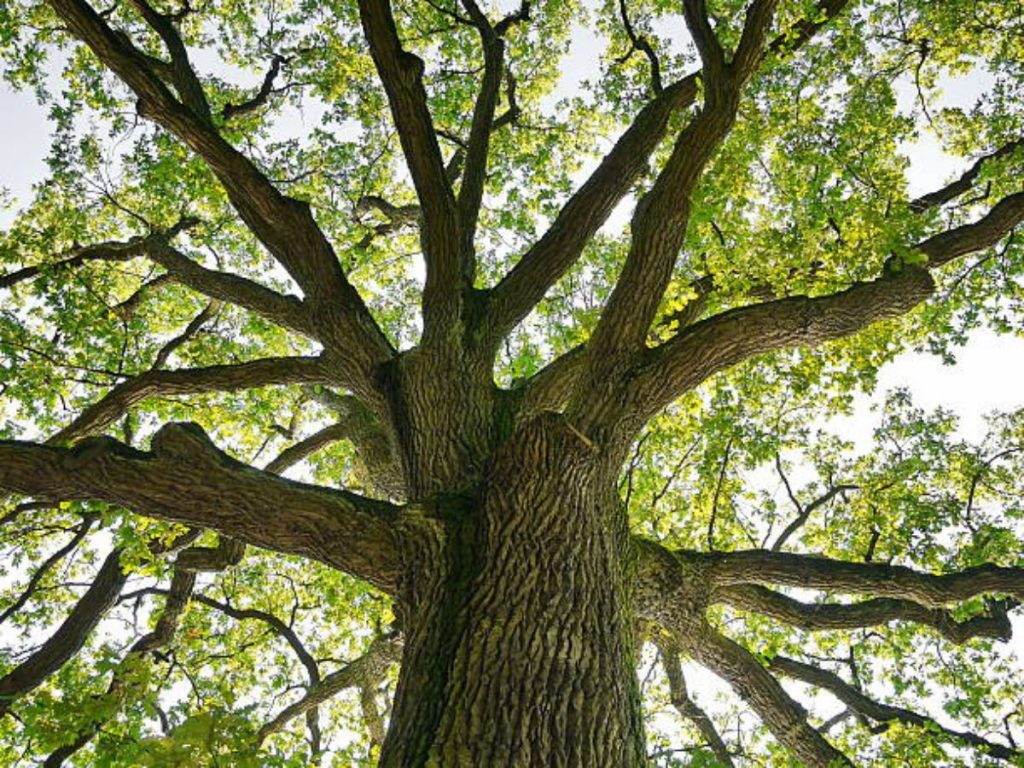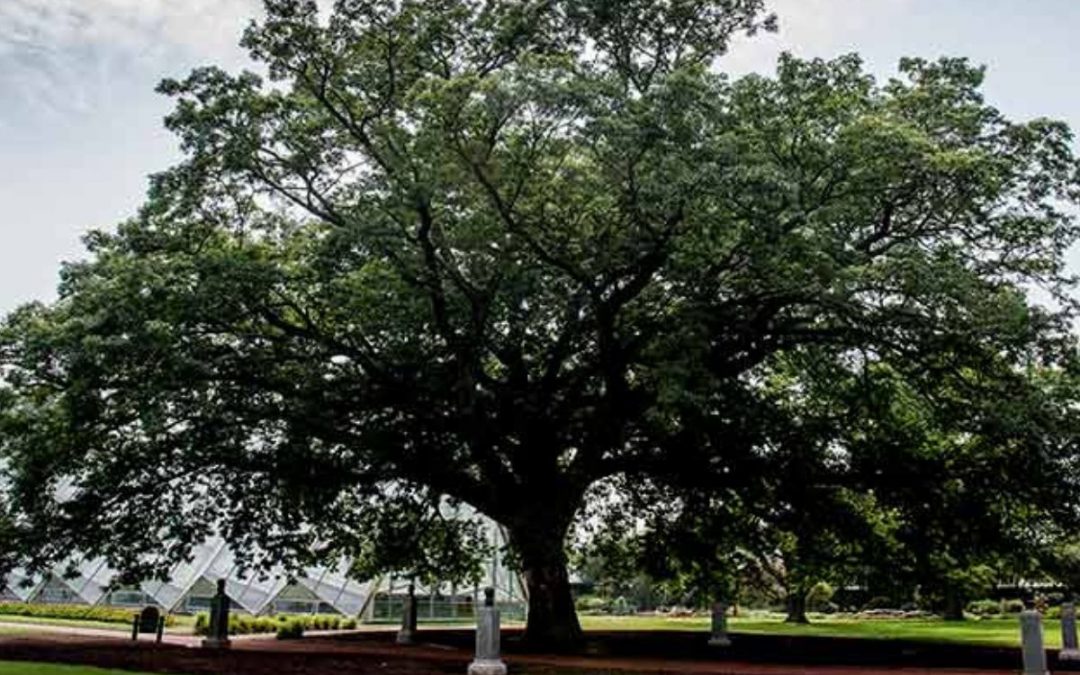What is Tree Crowning and Why Should You Do It?
Most people are familiar with the basic tenets of tree care: water, fertilize, and prune. But there’s one important tree care practice that often gets overlooked: tree crowning. In this article, we’ll explain what tree crowning is and why it’s so important for the health of your trees. Keep reading to learn more!
What is Tree Crowning?
If you’ve ever seen a tree that looks like it’s been topiary-ed, then you’ve seen the result of tree crowning. Tree crowning is the process of trimming and shaping a tree’s branches and leaves to create a more aesthetically pleasing appearance. In addition to improving the look of your yard, tree crowning also has several practical benefits. Read on to learn more about the benefits of tree crowning.
There are several benefits that come with having your trees professionally crowned. First and foremost, tree crowning can improve the health of your trees by preventing disease and insect infestations. It can also increase airflow to the center of the tree, which helps it to stay cooler in summertime. Additionally, crowning can improve the aesthetic appeal of your trees by giving them a more balanced look.
Tree crowning is the process of removing lower branches from a tree in order to create a more aesthetically pleasing shape. In addition to improving the appearance of your trees, tree crowning can also offer a number of other benefits. Read on to learn more about the benefits of tree crowning.
- Benefit #1 – Improved Aesthetics
As we touched on briefly in the introduction, one of the main benefits of tree crowning is improved aesthetics. By removing lower branches and shaping the remaining branches into a more pleasing form, you can significantly improve the overall appearance of your trees. This can be especially beneficial if you’re trying to sell your home, as curb appeal is one of the first things potential buyers will notice. - Benefit #2 – Enhanced Safety
Another benefit of tree crowning is enhanced safety. Overhanging branches can pose a serious safety hazard, especially if they are close to power lines or walkways. By removing these branches, you can help prevent them from causing damage or injury. - Benefit #3 – Increased Airflow
In addition to improved aesthetics and enhanced safety, tree crowning can also lead to increased airflow. This is because shaped trees allow wind to flow smoothly around them, rather than being caught up in dense foliage. This can help keep your yard more comfortable during periods of high wind.
As you can see, there are many benefits that come with tree crowning. If you’re looking for a way to improve the appearance of your trees and yard, tree crowning may be right for you.
When to Have Your Trees Crowned?
Most trees will benefit from having their crowns trimmed every 3-5 years. However, some trees may need to be trimmed more frequently if they are experiencing significant growth or if they are located in an area with high winds. If you’re not sure whether or not your trees need to be crowned, we recommend contacting a certified arborist for an assessment.
Pruning Dead Branches
One of the most important benefits of tree crowning is that it helps to get rid of dead branches. Dead branches can be unsightly, but they can also be dangerous. Dead branches can fall and damage property or injure people. By pruning away dead branches, you can help keep your property and your family safe.
Improving Airflow
Another benefit of tree crowning is that it can help improve airflow around your home. This is especially important in the summer months when you’re trying to keep your home cool. By trimming away some of the branches and leaves, you can allow air to circulate more freely around your home. This will help keep your home cooler and improve your energy efficiency.
Preventing Storm Damage
Yet another benefit of tree crowning is that it can help prevent storm damage. Overhanging branches can be ripped off in high winds, which can damage your roof or break windows. By trimming away these overhanging branches, you can help protect your home from storm damage.
As you can see, several benefits come with tree crowning. If you’re looking for a way to improve the look of your yard and make it safer at the same time, then tree crowning is a great option for you.
Why Is Tree Crowning Important?
There are several reasons why crowning is so important for the health and well-being of your trees. For starters, it helps to improve the tree’s overall appearance by giving it a more balanced look. Additionally, crowning can also help to increase the amount of sunlight and air circulation that the tree receives. This is important because it can help to prevent mold and mildew from growing on the leaves, as well as pests and diseases.
Another reason why crowning is essential is that it helps to keep the tree strong and stable. When branches are left unchecked, they have a tendency to grow in all different directions. This can cause the tree to become lopsided, making it more susceptible to damage during high winds or storms. By regularly crowning your trees, you can help them stay strong and stable for years to come.
Finally, crowning can also help to prolong the life of your trees by preventing problems before they start. For example, if a branch is starting to grow too close to power lines or your home, trimming it back will help to avoid any potential damage down the road.
As you can see, there are many good reasons why crowning is so important for your trees. If you have trees on your property, be sure to have them crowned regularly to keep them healthy and looking their best.

How Often Should You Crown Your Trees?
The trees in your yard are a vital part of your landscape and play an important role in the health of your property. To keep them looking their best, it’s important to have a regular pruning and maintenance schedule. But how often should you crown your trees?
The crown of a tree is the uppermost portion, made up of the branches and leaves. Properly maintained, the crown should be symmetrical and evenly distributed. Crowning helps to control the shape of the tree, promotes new growth, and prevents damage from wind and storms. Trees that are not regularly crowned can become top-heavy and unstable, posing a danger to your home and property.
How often to crown your trees depends on the type of tree, but as a general rule, most trees should be crowned every 3-5 years. Some trees, such as fruit trees, may need to be crowned more frequently to maintain their shape and produce high-quality fruit. Other factors that will affect how often you need to crown your trees include storm damage, disease, pests, and other injuries.
Conclusion:
Tree crowning is an important but often overlooked part of tree care. By regularly removing dead or diseased branches from the top of your trees, you can improve air circulation within the canopy, encourage new growth, and make your trees safer for yourself and your property. Most trees should be crowned every 3-5 years; however, the frequency with which you need to crown your trees will depend on several factors. If you’re unsure how often you should be crowning your trees, reach out to a certified arborist in your area for expert guidance.


